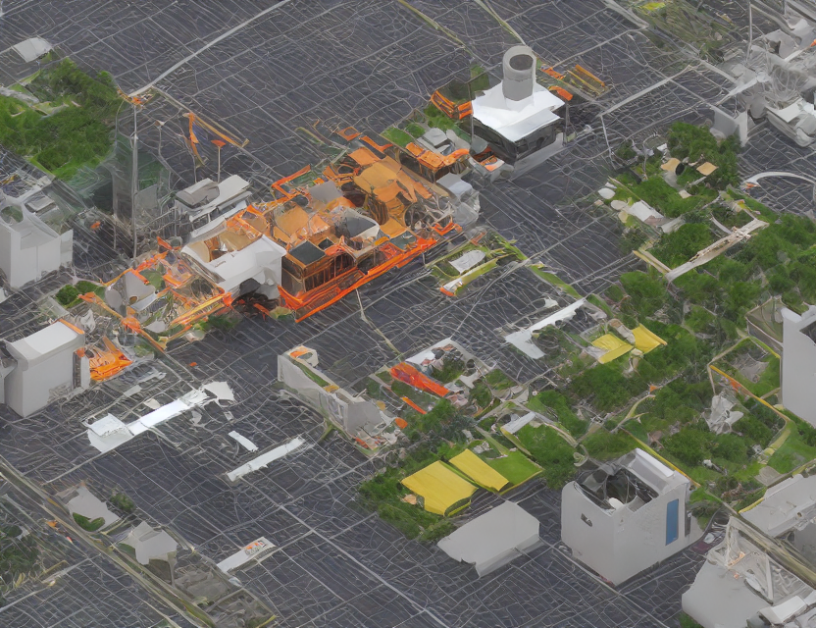Learning representations for automatic colorization is a crucial research area in computer vision. Researchers have been exploring ways to train models that can learn generalizable feature representations from large-scale datasets without any human annotations. This article provides an overview of recent advancements in this field, including the use of self-supervised learning techniques and the development of transformer-based models.
Self-Supervised Learning
Self-supervised learning is a technique that involves training models on large datasets with minimal or no human annotations. The goal is to learn generalizable feature representations that can be applied to various tasks, including colorization. Researchers have been using techniques such as contrastive learning and predictive coding to train self-supervised models.
Contrastive Learning
Contrastive learning involves training a model to distinguish between similar and dissimilar examples. In the context of colorization, researchers have used contrastive learning to train models to learn representations that can be applied to different images with varying colors. The idea is that if two images are similar in terms of content but different in terms of color, the model should be able to learn a representation that captures both aspects.
Predictive Coding
Predictive coding is another self-supervised learning technique that involves training a model to predict future frames given past frames. In the context of colorization, researchers have used predictive coding to train models that can predict the missing colors in an image sequence based on the previous frames. The idea is that if a model can learn to predict the missing colors, it should be able to learn representations that capture the underlying patterns in the data.
Transformer-Based Models
Transformer-based models have gained popularity in recent years due to their ability to handle sequential data and learn long-range dependencies. Researchers have adapted these models for colorization tasks by using convolutional neural networks (CNNs) as the encoder and transformer as the decoder. This allows the model to learn both local and global features from the input image and generate accurate colors.
MVM
Masked visual modeling (MVM) is a technique that involves training a model to predict masked visual features, such as pixels or patches, based on the context of the surrounding features. Researchers have used MVM in combination with self-supervised learning techniques to train models for colorization tasks. The idea is that if a model can learn to predict missing visual features based on the context, it should be able to learn representations that capture the underlying patterns in the data.
Conclusion
In conclusion, recent advancements in self-supervised learning and transformer-based models have shown promising results in automatic colorization tasks. These techniques allow researchers to train models without any human annotations, making them more efficient and scalable. The use of MVM in combination with these techniques has further improved the accuracy of colorization models. As computer vision continues to evolve, we can expect to see even more innovative solutions that demystify complex concepts and improve the efficiency of colorization tasks.



